Before Coronavirus changed the world as we know it in 2020, the UK’s restaurant scene was a booming, dynamic industry. In pretty much all of the UK’s major cities, you would find countless cuisines represented, options for both cheap eats and blow-the-budget meals, and a fair few dining establishments owned by famous faces and legendary chefs. Even outside of cities and in rural areas, the UK was home to some of the most impressive and innovative cooking you can find across the globe.
On 17 March 2020, the restaurant industry was thrown into chaos when the government enforced a closure of all ‘social venues’ to help combat the alarming spread of Coronavirus. There is no denying that the Covid-19 outbreak has resulted in tough times for restaurants across the UK and it seems there are still hard times to come. Nonetheless, here at SquareMeal, we’ve been inspired and moved by the creativity of chefs and restaurateurs everywhere, who have pivoted to takeaway and delivery services with aplomb.
On 4 July 2020, Prime Minister Boris Johnson allowed restaurants, bars and pubs to reopen in England once more and it is more important than ever for customers to show their support by booking tables and showing up where local restrictions allow. However, it is completely natural to be hesitant about visiting a restaurant for the first time since lockdown began, or since new legislation has been introduced. To help ease any concerns you may have, we have put together a comprehensive guide to the social distancing measures that have been adopted by venues across the UK, answering all your questions about whether it is safe to dine out during the Covid-19 pandemic.
Discover everything you need to know below and if you are feeling up to it, please do go out and support your favourite restaurants - they need you now more than ever before.
Coronavirus tiers explained: Are you able to eat with friends at UK restaurants under latest restrictions?
In October the government introduced a tiering system which would effectively put different regions of the country under different regulations according to how fast Coronavirus was spreading in certain cities, towns or districts. The rules for each tiers have now been strengthened again after November's four week lockdown. This tiering system does impact the way in which we eat out, so we’ve explained the differences below, according to the rating. It’s worth noting that Scotland, Wales and Northern Ireland all have individual policies. Scotland, like England, also has a tiered system in place but the rules in each tier differ slightly from England, while Northern Ireland has entered into a ‘circuit breaker’ lockdown which has forced all restaurants and bars to close to dine-in customers. Restaurants in Wales are now open again after a circuit breaker lockdown.
Restaurant policy in Tier 1 in England: Tier one areas are afforded the most freedom, being earmarked as a medium risk. This means good things for eating out. While all bars and restaurants will be subject to the 11pm curfew with last orders at 10pm, you’re allowed to mix with other households (although the rule of six does still apply). For those who enjoy late-night dining, restaurants are allowed to offer takeaway and delivery post 11pm in tier one too. If you live in a tier 1 area , you must not however travel to eat in a restaurant in a tier 2 area.
Restaurant policy in Tier 2 in England: Where there are higher levels of infection, tier two is in place, which means there’s a high risk to residents in a certain area. If your home is in tier two and you’re planning to eat out, you’ll have to take into account that no gatherings between different households indoors are allowed. In practice this means you are allowed to eat out if you are dining with people you live with or have bubbled up with. To meet with friends or family that you don’t live with you’ll have to eat outside, and the rule of six still applies. Lots of restaurants are putting together clever solutions, including igloos, marquees and heated terraces so there are plenty of options for diners. One exception to this rule is working lunches, which are pemitted indoors, thanks to a loophole in the rules. On top of this, hospitality venues in tier 2 can only serve alcohol if it's alongside a substantial meal. This sadly means that 'wet pubs', which don't serve any food, will be forced to closed.
Restaurant policy in Tier 3 in England: At the most severe end of the scale is tier three, which means the alert is set to very high. Sadly, in tier 3 all restaurants, bars, pubs and cafés have to close for dining in. They are however, still permitted to offer takeaway, click and collect, delivery and drive-through services.
We’ll update this piece whenever we can, but as things are moving quickly, we’d recommend keeping up to date with the most recent changes via the Government’s postcode checker, which allows you to clearly see the restrictions in your own area.
Are all restaurants open again in the UK?
Restaurants, bars and pubs were allowed to reopen in England on Saturday 4 July 2020. However, some venues have stated that they are unable to reopen while social distancing measures are still in place due to limited space, while others have revealed they will not be reopening at all, due to the financial devastation caused by the virus.
In Northern Ireland, restaurants reopened on 3 July. In Scotland, restaurants opened on 15 July, while in Wales, restaurants were allowed to reopen from 3 August. Whether restaurants and bars have been able to stay open since has changed with fluctuating regulations.

What safety measures are restaurants in the UK taking?
Official government guidelines concerning how restaurants should operate in the era of social distancing differ slightly from nation to nation in the UK, but in general, restaurants are encouraged to increase the number of times their premises are cleaned, keep customers and tables apart and limit the number of people allowed inside.
To see the social distancing measures that some restaurants have introduced, read below:
Face masks for staff - Face masks or face coverings are now worn by waiters, bartenders and other staff members at hospitality venues. However, the masks do not need to be clinical masks as these and other PPE are reserved for the NHS as a priority.
Face masks for customers - it is now mandatory in public enclosed spaces to wear a face covering, which includes restaurants and bars. Unless you're sitting at a table eating and drinking you will be required to wear your face mask, including if you need to go to the bathroom, pay the bill or go outside for any reason.
11pm curfew - it was initially announced on the 21 September that all bars and restaurants are required to close by 10pm. This had caused many in the industry to voice concern, however this curfew has now been changed to 11pm with last orders at 10pm, giving customers an extra hour to finish off their food and drinks.
Track and Trace - Restaurants and bars now have the power to turn away customers who do not have the Track and Trace app on their phone. This has caused some backlash as the app is only available on certain models of smartphone.
Customer guestbook - At some venues who aren't using insisting on the Track and Trace app, you will be required to hand over your contact details before visiting, which the venue will keep on file for up to 21 days. This is to help the government be able to trace all diners who may have been present during a suspected outbreak (they will then be required to quarantine for a 14-day period).
One-way systems - Ensuring the flow of traffic is only going one way inside a venue stops people from crossing paths and helps them to keep their distance. This is especially effective at bars, which historically are crowded with people waiting to order their drinks.
Queuing systems - When arriving at a restaurant or pub, you may be required to queue outside, keeping a 1 metre distance between yourself and other customers.
Hand sanitiser stations - When entering and leaving venues, you may find hand sanitiser stations and be encouraged to use them, in order to help limit the spread of germs.
App ordering - To limit the amount of people who touch menus or go up to the bar to order food and drink, many restaurants and pubs are now using QR code menus or apps to help people order remotely.
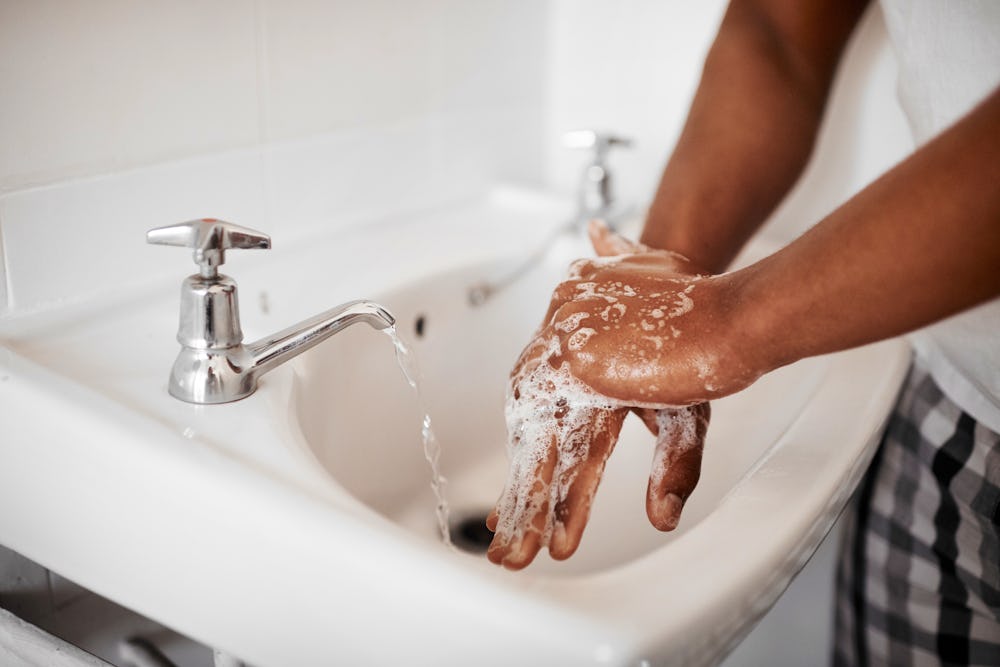
What are restaurants not allowed to do now that they were before?
As well as introducing a whole host of new guidelines and social distancing measures, UK governments have also banned certain behaviours or elements of the dining out experience that were once considered normal. Advice differs slightly between the four UK nations, but these particular practises have been banned to combat the spread of germs in enclosed spaces.
To check out the full list of what is banned in restaurants and pubs, read below:
Live performances - Live music or other entertainment acts such as stand-up comedy are not currently allowed, as well as loud music coming from speakers or a DJ. This is because increasing the volume in a venue could lead to people shouting more, which results in particles hanging in the air that could spread infection.
Self-service - Customers will no longer be allowed to fetch their own cutlery, condiments or food. Instead, historically self-service venues will have to switch to table service in order to limit the spread of germs.
Packed venues - In England, venues must ensure that people are kept 1 metre apart from one another, which means many venues are currently operating at a diminished capacity. In some parts of the UK, people are still required to keep 2 metres apart in social venues, meaning that the days of packed pubs are over for now.
Covid secure restaurants in London
If you are now feeling more comfortable about returning to restaurants, check out below what some of our favourite London restaurants are doing to help keep customers safe.
Disclaimer: It is important to note that just because we have labelled a venue as ‘Covid secure’, it does not mean that you have zero chance of contracting the Coronavirus while there. Instead, the term ‘Covid secure’ refers to the venue implementing social distancing measures which seek to limit, but not eliminate, the risk of infection.
The Cinnamon Club, Westminster
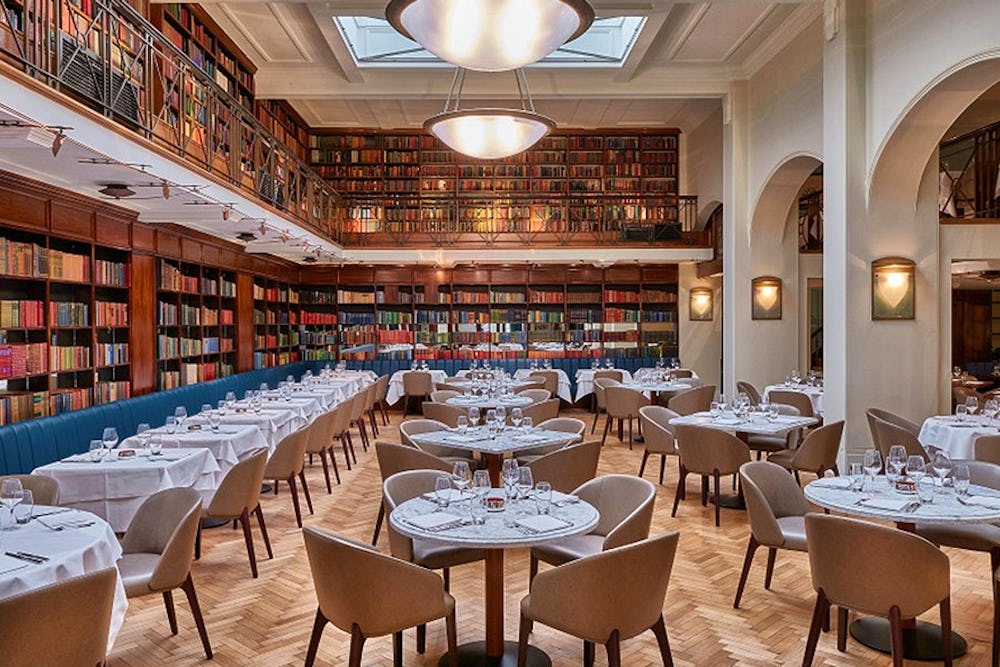
What you need to know: The flagship of Indian chef Vivek Singh’s restaurant empire (which also includes Cinnamon Kitchen in Battersea) is open once more and is taking subtle but effective measures to keep diners safe. For now, the restaurant is only accepting card payments and is serving a reduced offering on single-use menus, while tables are spaced out. Despite the minor changes, you can still expect to find the signature flavourful dishes that have made The Cinnamon Club such a success.
Where: 30-32 Great Smith Street, SW1P 3BU
Book The Cinnamon Club
Hawksmoor
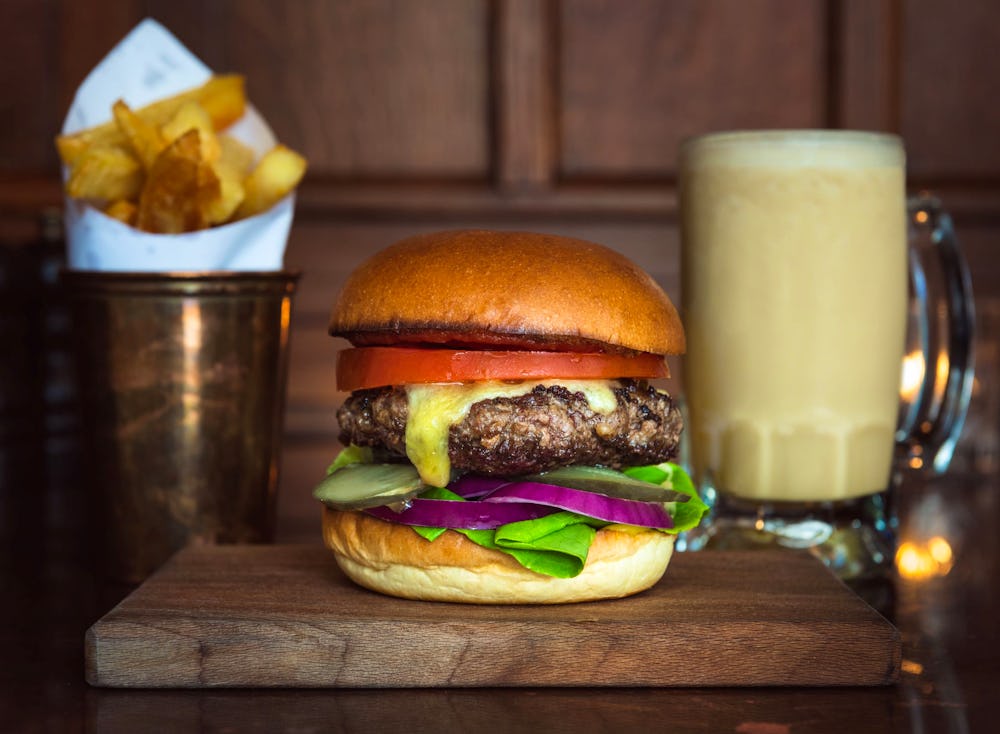
What you need to know: Everyone's favourite steak restaurant is slowly beginning to reopen its fleet of UK sites, with three of the London locations (Borough, Seven Dials and Spitalfields) now available to book. In order to make guests feel comfortable, Hawksmoor has enforced a range of safety measures, including an increased rota of disinfecting surfaces and the option to use disposable napkins and menus on your visit.
Where: Various London and UK locations
Book Hawksmoor Borough
Coq d’Argent, City
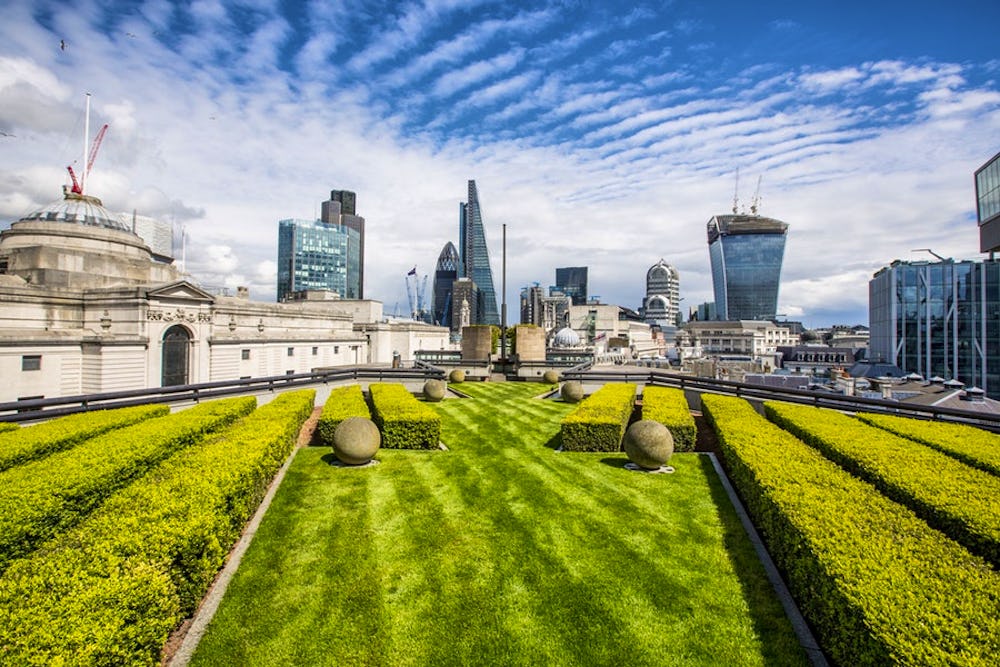
What you need to know: Famous for its manicured rooftop gardens with stunning views of the City, Coq d’Argent is officially back in business. Expect hand sanitiser stations by the entrance and a simplified menu which can be activated by a QR code. Front-of-house staff also wear PPE and the layout has been adjusted to allow for distance between guests. If you’re weary of sitting indoors at a restaurant, make use of Coq’s ample outdoor terrace.
Where: 1 Poultry, EC2R 8EJ
Book Coq d’Argent
Amazonico, Mayfair
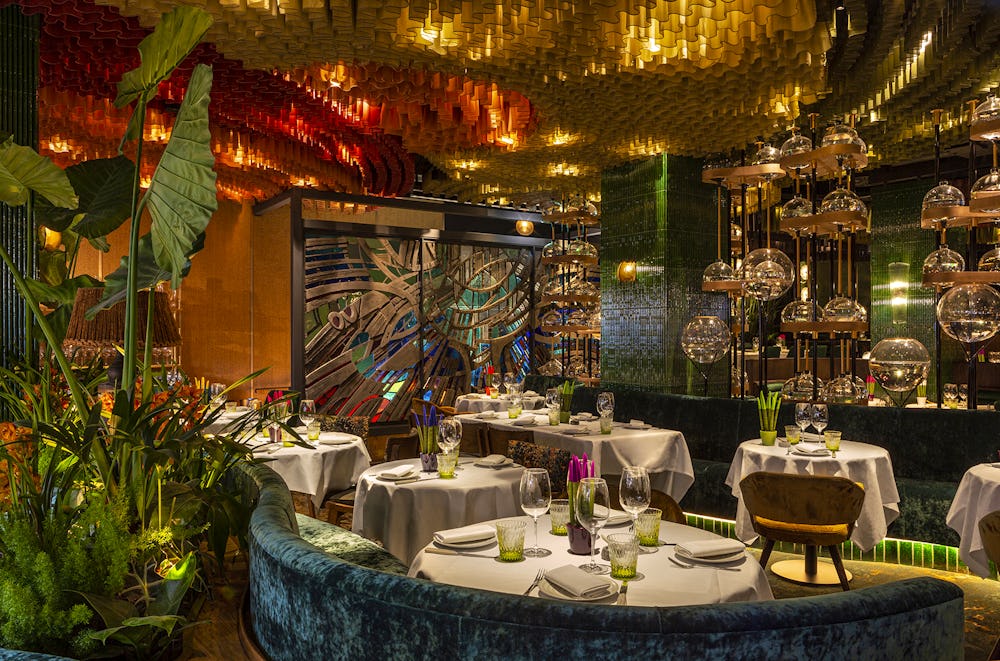
What you need to know: Amazonico has already garnered a reputation as a celeb hotspot in its original Madrid location and it looks set to do the same with this London outpost, which is decked out with chic jungle-inspired interiors. In order to encourage diners back, Amazonico has implemented a number of safety measures including requiring staff to wear face masks, providing hand sanitiser to guests and doing away with paper menus in favour of digital versions.
Where: 10 Berkeley Square, W1J 6AA
Book Amazonico
Hoppers, St Christopher’s Place

What you need to know: This large sibling to the Soho original is taking all of the necessary steps to help make diners feel comfortable, which means you can focus on enjoying your hopper. The restaurant has gone cashless and staff are required to wear PPE, while menus can be viewed digitally and tables have been rearranged to allow for a distance of 1 metre or more wherever possible.
Where: 77 Wigmore Street, W1U 1QE
Book Hoppers St Christopher’s Place
The Oystermen Seafood Bar & Kitchen, Covent Garden
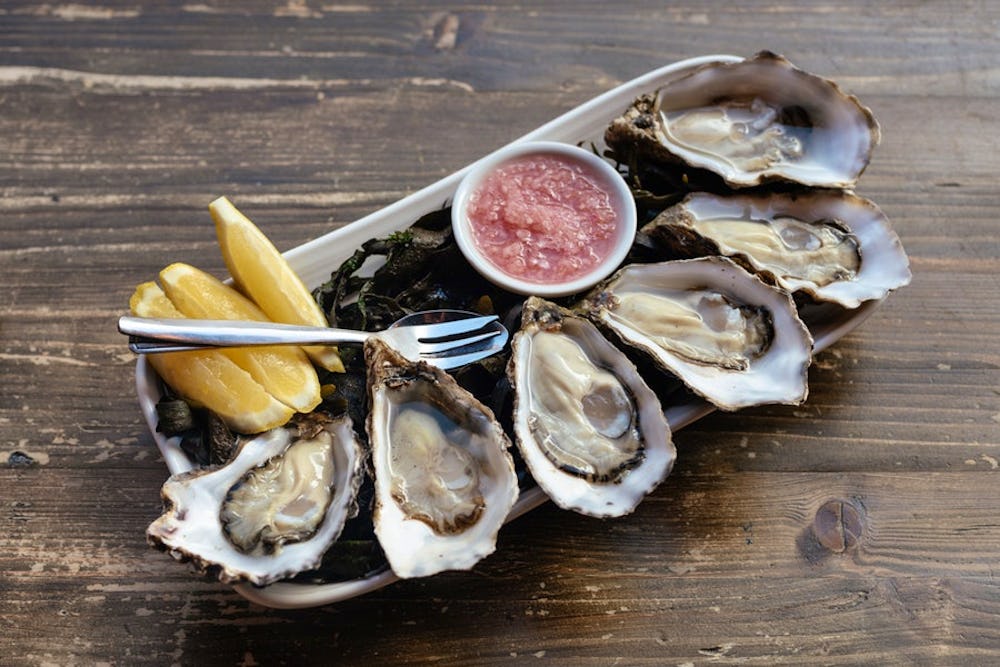
What you need to know: If you have missed getting your oyster fix in lockdown, head to this Covent Garden favourite, which has reopened its doors to dine-in customers who can feast on shellfish platters and more. The restaurant has drastically limited the number of tables inside to help diners feel comfortable though, so booking in advance is highly recommended if you want a table.
Where: 32 Henrietta Street, WC2E 8NA
Book The Oystermen Seafood Bar & Kitchen
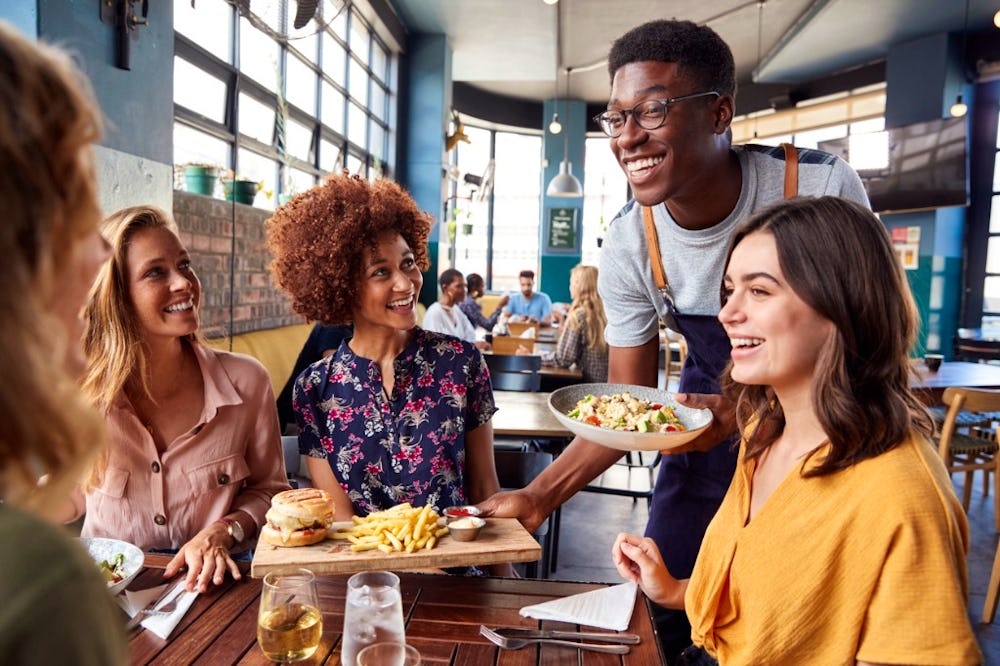
Coronavirus FAQs: What do I need to be aware of when eating out during the Covid-19 pandemic?
The prospect of eating in a restaurant might be worrisome to some people at the moment, but many venues are doing all that they can to keep guests safe. Check out our answers to some common questions and queries below about dining out during the Coronavirus pandemic.
The current advice is that diners eating-in do not have to wear a face mask while enjoying a meal at a table, but if moving around (to pay the bill or use the bathroom, for instance) everyone should wear a mask. Additionally, if you're picking up a takeaway option then you are required to wear a mask (which includes popular lunch pitstops like Pret a Manger).
- How do I know if the restaurant I’m visiting has Covid-19 restrictions?
The best way to know if the restaurant you are visiting has any restrictions in place that you need to be aware of is by contacting the restaurant directly. You can do this by phoning them up or sending them an email. Also be sure to keep an eye on their social media pages for any updates.
- Can you catch Coronavirus from food?
There is currently no proof that coronavirus can be caught through the consumption of food. NHS guidelines state that “it’s very unlikely that [the virus] can be spread through things like packages or food.” To be extra safe, we’d recommend washing your hands thoroughly before and after leaving a restaurant or handling food packaging such as takeaway boxes.
- What are some good foods to eat during the Coronavirus pandemic?
A vaccine for Coronavirus has not yet been found and there is currently no known cure for the virus. Some people believe that eating certain foods will prevent you from contracting the virus, but there is no scientific evidence to support this. Although specific foods won’t necessarily keep you safe from Covid-19, following a balanced diet and engaging in regular exercise is always encouraged to stay healthy.
- Is it better to eat at local restaurants during the Coronavirus pandemic?
Currently, people in the UK are being asked to avoid using public transport where possible and especially during peak times. For this reason, you might prefer to stay local when dining out, but there are no rules to stop you visiting restaurants further afield (unless your area is in a local lockdown), as long as you follow travel guidelines - e.g. wearing a face mask or covering on trains and buses.
Want to go all out for your first post-lockdown trip to a restaurant? Discover every Michelin star restaurant in London.